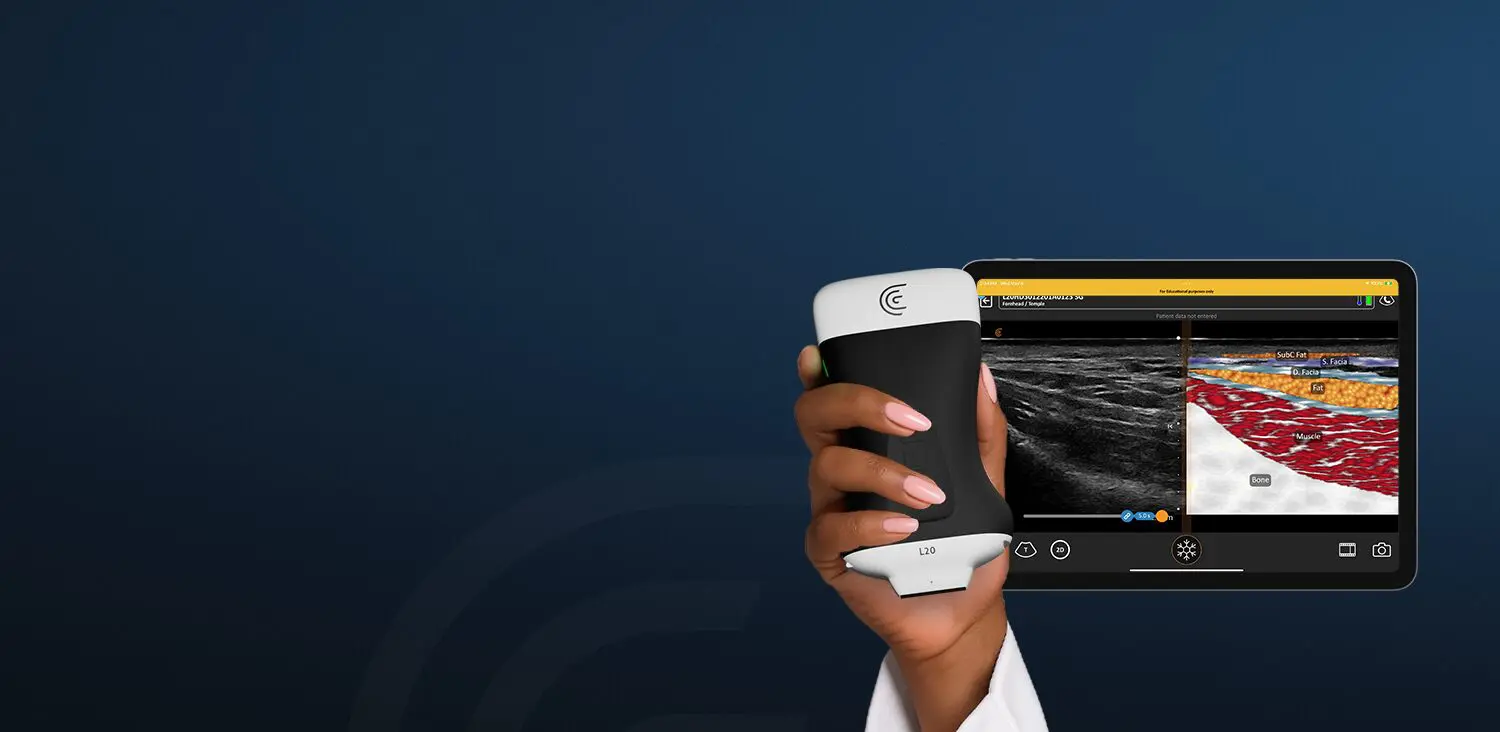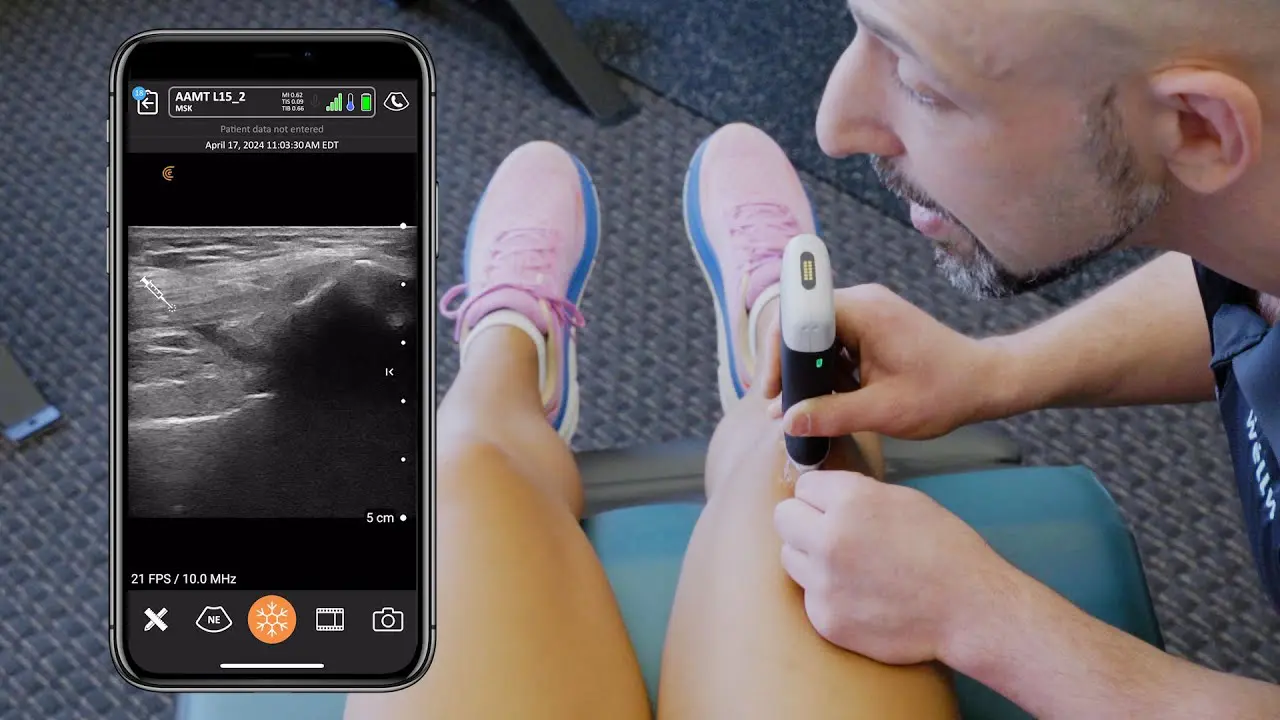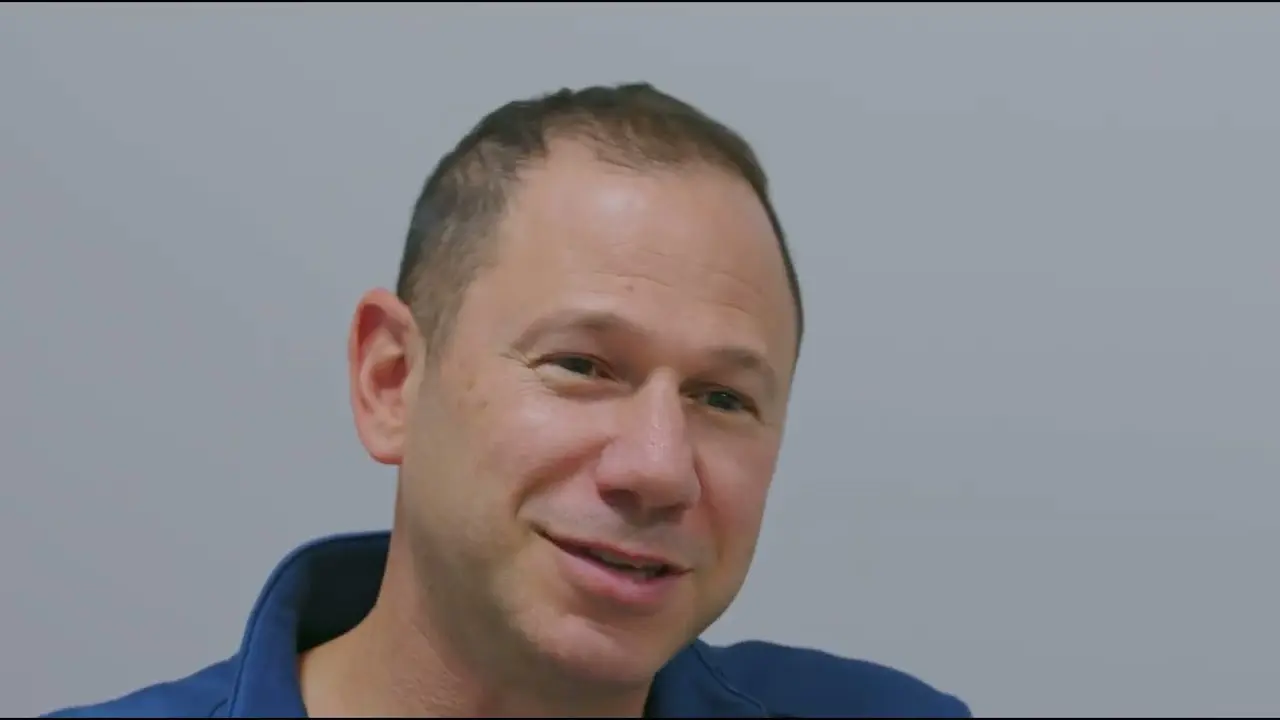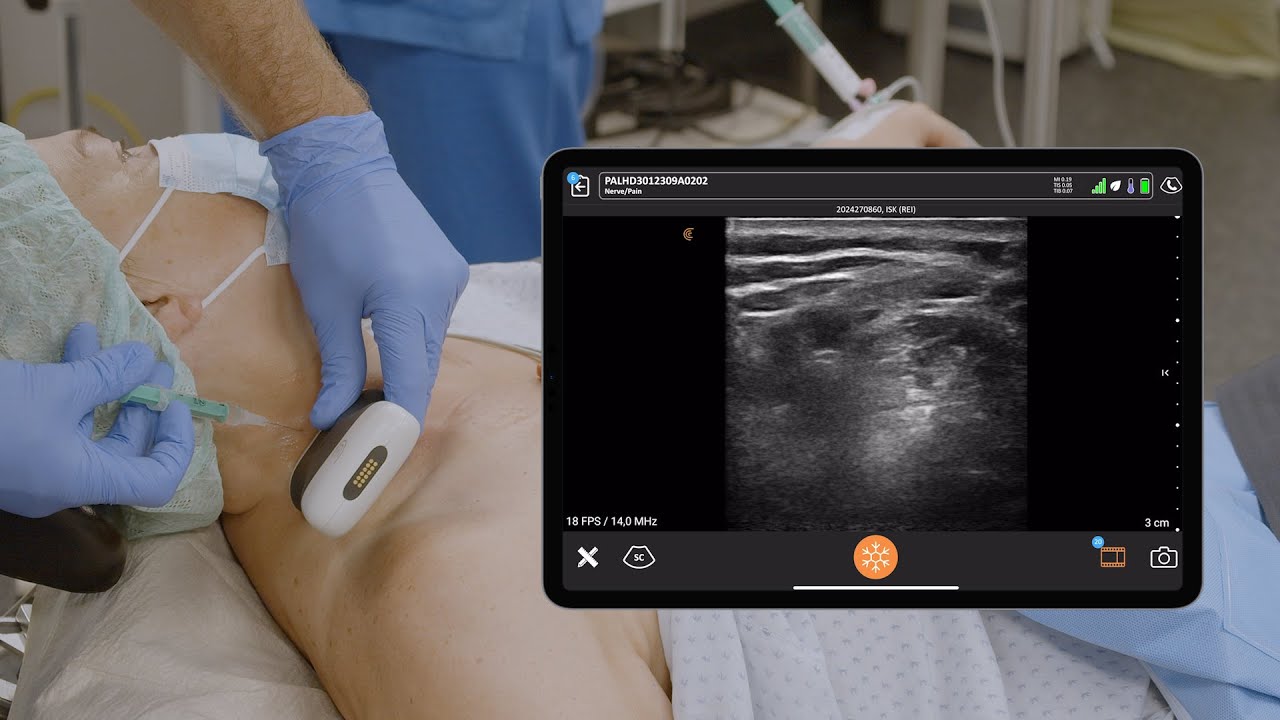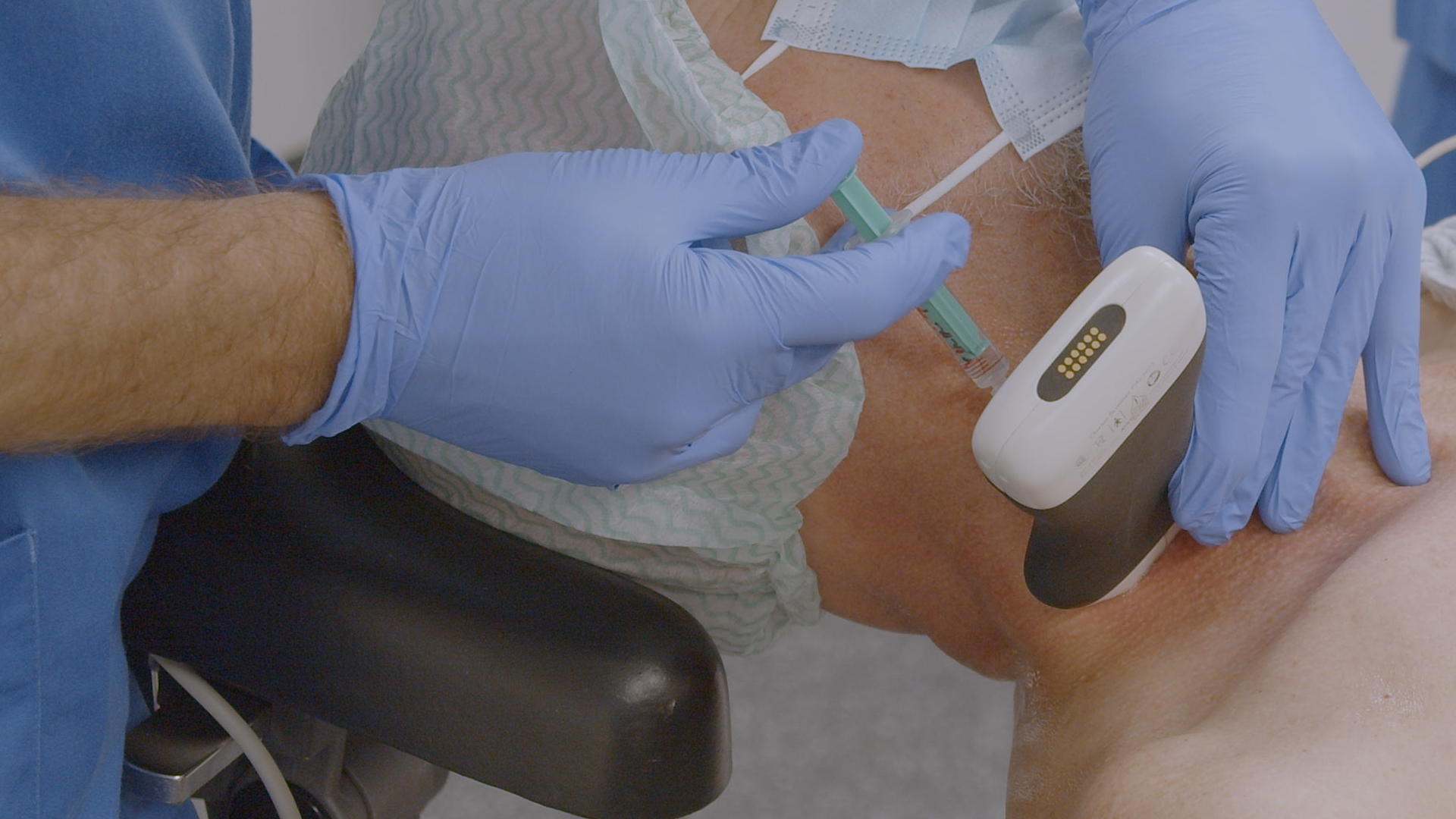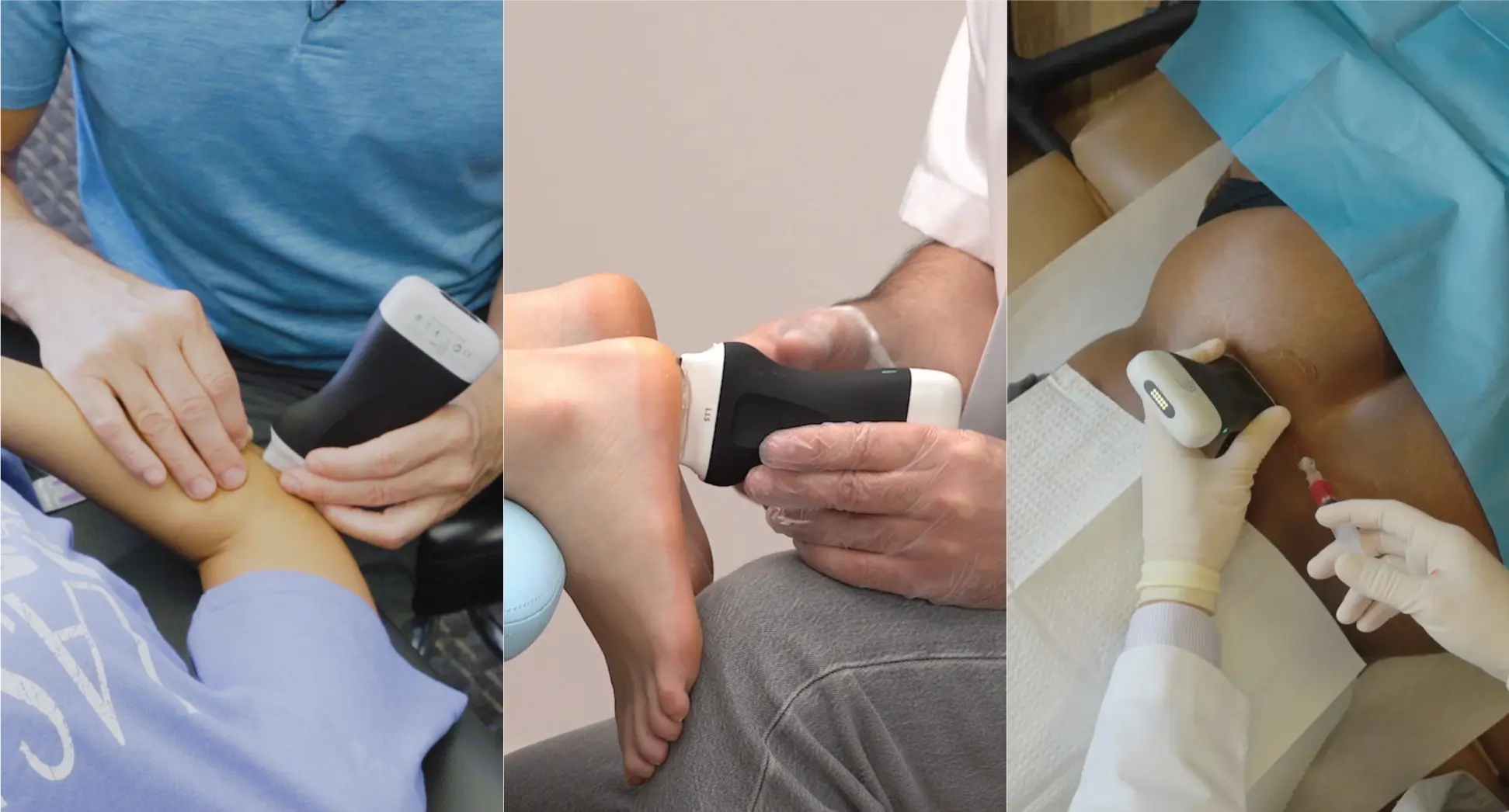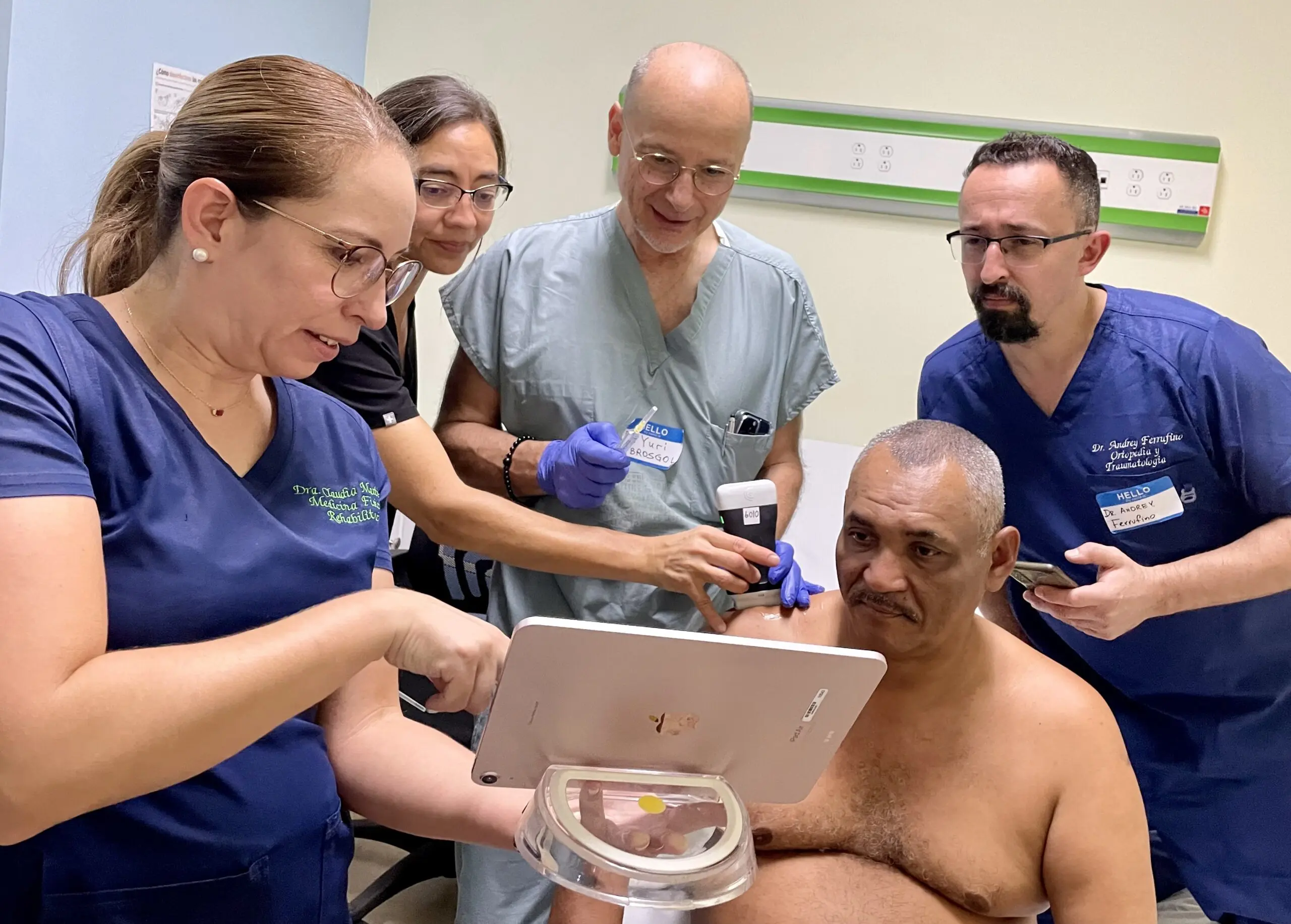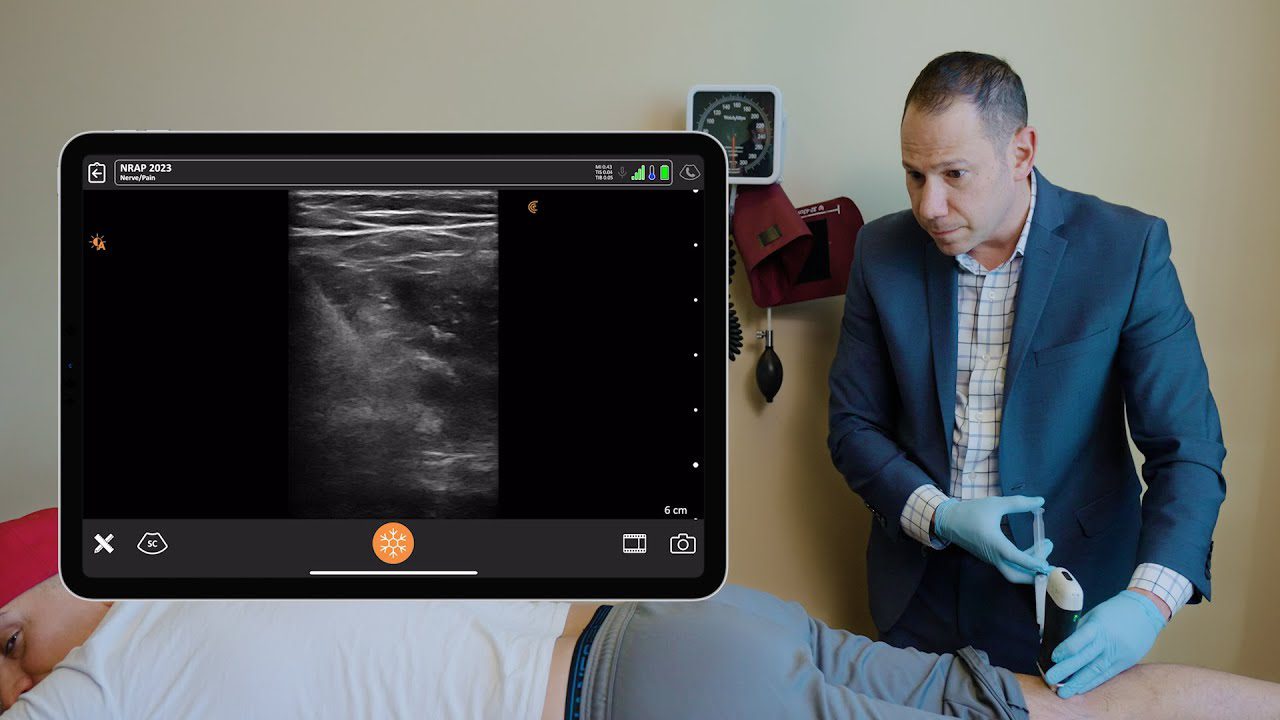For total knee replacement and ACL surgeries, the goal of the IPACK (Infiltration between the Popliteal Artery and the Compartment of the Knee) block is to block the terminal branches of the obturator and tibial nerves in the posterior knee space, sparing the main trunks of the tibial and common peroneal nerves, thereby maintaining the sensorimotor function of the leg and foot (decreasing foot drop).
In a recent webinar, Dr. Greg Hickman, Medical Director and Anesthesia Director at the Andrews Institute Ambulatory Surgery Center in Florida, shared his ultrasound-guided nerve block techniques for more effective regional blocks in patients undergoing knee surgery. Read on for highlights of the IPACK block.
Dr. Hickman has perfected his block techniques over the past 30 years and enjoys sharing what he’s learned during webinars like these and through his popular regional guided anesthesia educational website Blockjocks.com. He believes ultrasound improves the speed of block procedures and also improves the duration of blocks as more medication reaches the target nerve.
How to Perform an Ultrasound-Guided IPACK Block
Dr. Hickman prefers a lateral approach for this injection, with the patient supine and the leg elevated enough so he can place the ultrasound scanner behind the knee.
It’s easy to visualize the where the popliteal artery and femoral condyles at this level, so from here, slight movement of the scanner proximally will identify the target area for injection.”

One of the biggest advantages of the lateral approach technique is the excellent visualization of the needle. This is because the needle stays in plane and parallel to the linear ultrasound scanner, which is optimal for ultrasound guided injections.”
Watch this video demonstration of the IPACK block in Dr. Hickman’s patient.
The combination of the adductor canal continuous catheter with the IPACK block showed equivalent analgesia compared to the femoral nerve block, reduced opioid consumption, improved physical therapy performance, and earlier hospital discharge.
Novel Regional Techniques for Total Knee Arthroplasty Promote Reduced Hospital Length of Stay
Thobhani S, Scalercio L, Elliott CE, Nossaman BD, Thomas LC, Yuratich D, Bland K, Osteen K, Patterson ME. Novel Regional Techniques for Total Knee Arthroplasty Promote Reduced Hospital Length of Stay: An Analysis of 106 Patients. Ochsner J. 2017 Fall;17(3):233-238. PMID: 29026354; PMCID: PMC5625980.)
Clarius Ultrasound for Regional Anesthesia
Dr. Hickman uses the Clarius L15 HD3, which provides detailed MSK and nerve imaging down to 7 cm for regional anesthesia procedures.
Wireless, ultra-mobile, and with high-definition imaging, Clarius is the ideal handheld ultrasound system for anesthesiologists who are on the move from one patient to the next for regional blocks and post-operative visits. Clarius HD3 ultrasound scanners deliver the clear imaging and power you expect from a traditional system for a fraction of the cost.
Contact us today to schedule a virtual demo to discuss which scanner is right for your anesthesiology practice.
